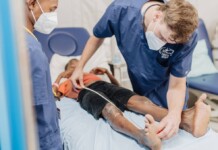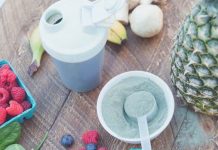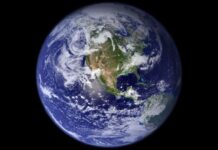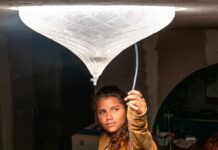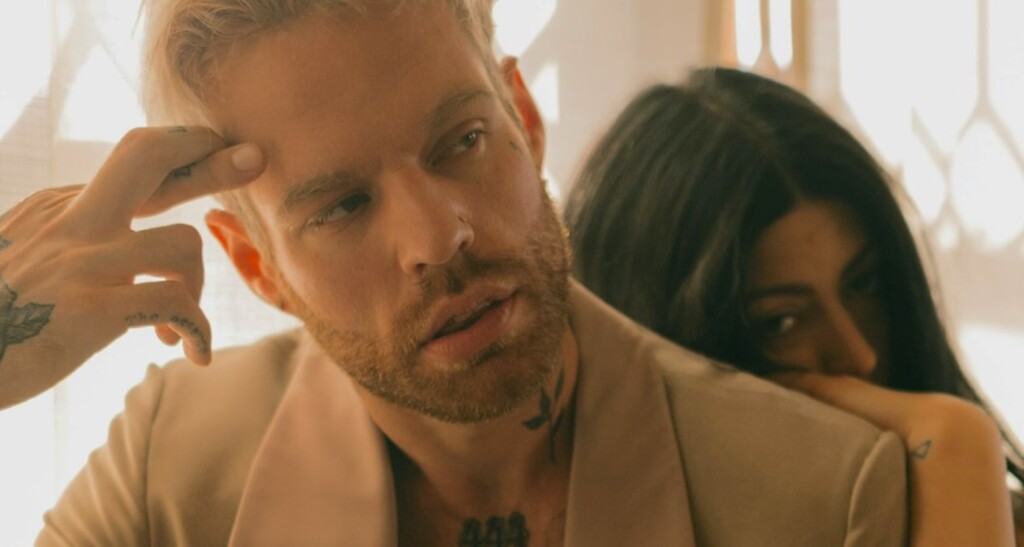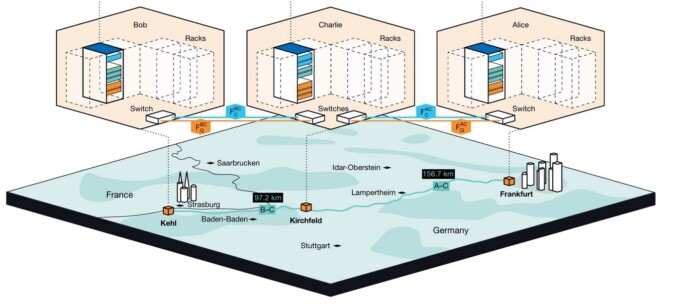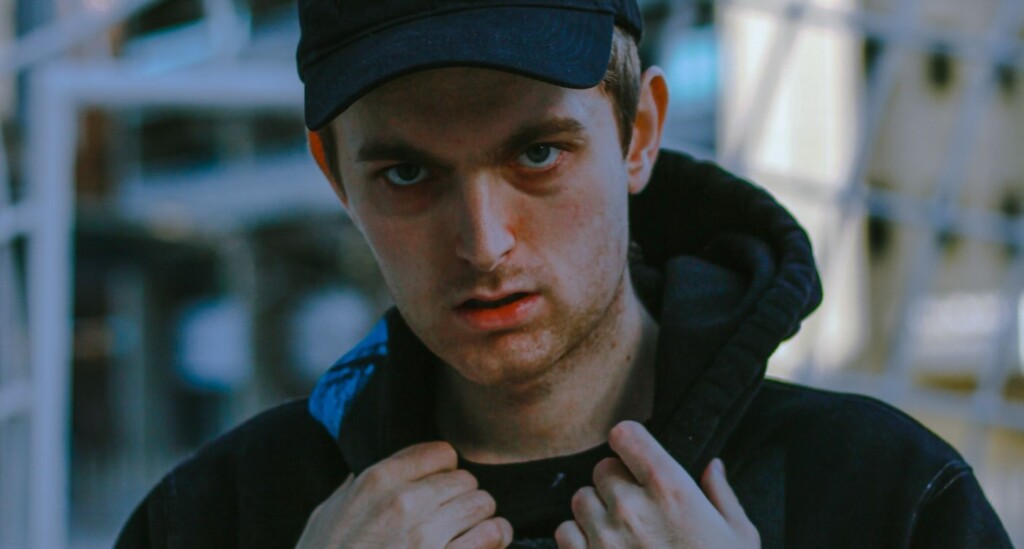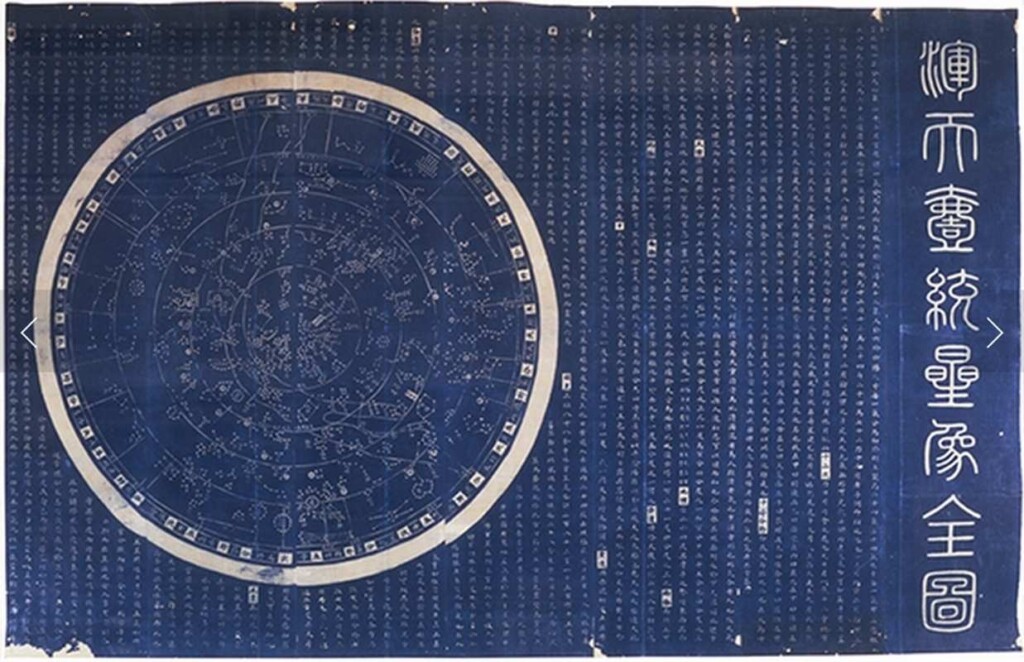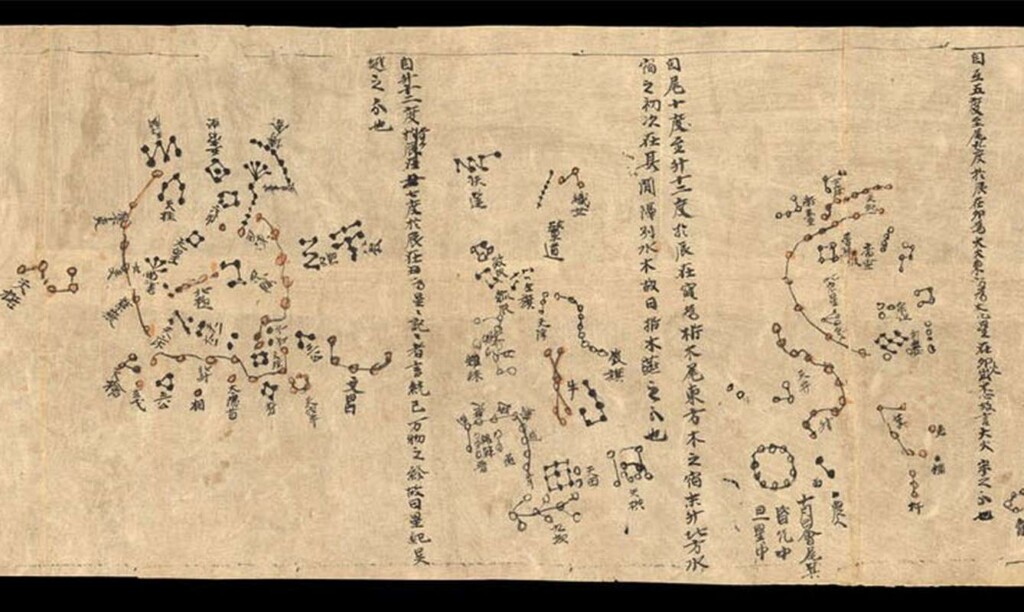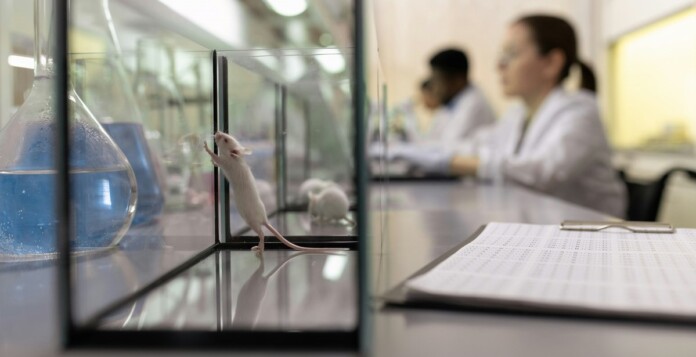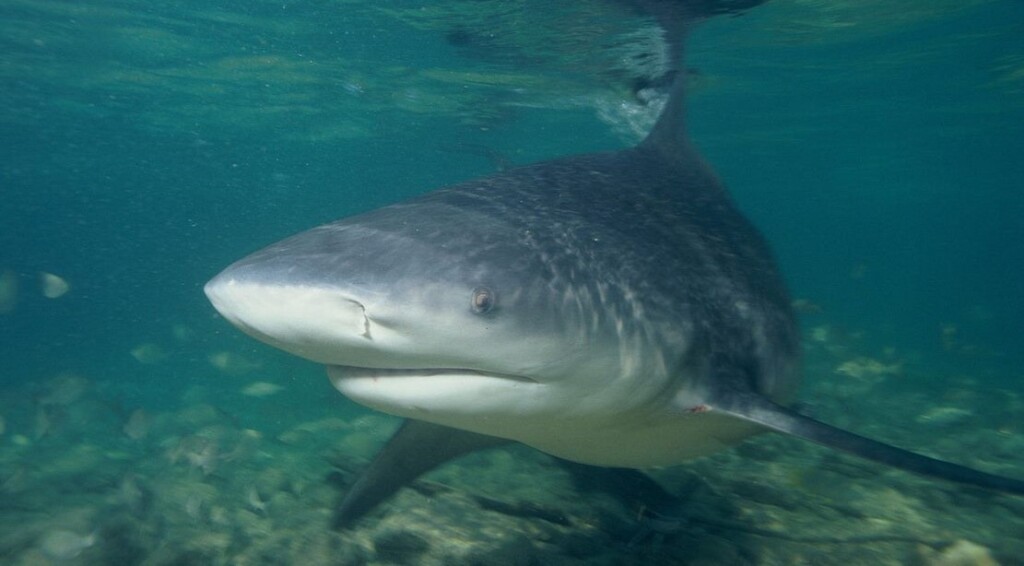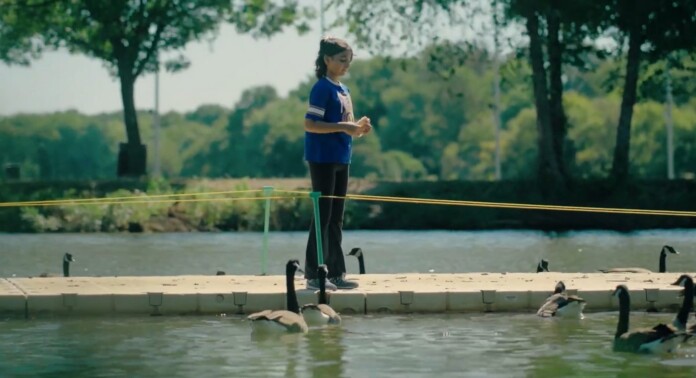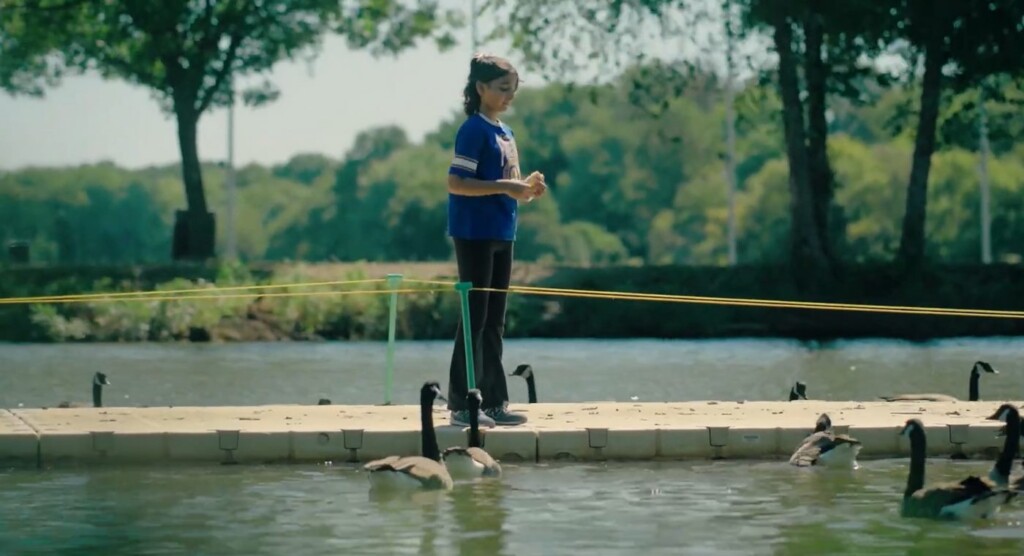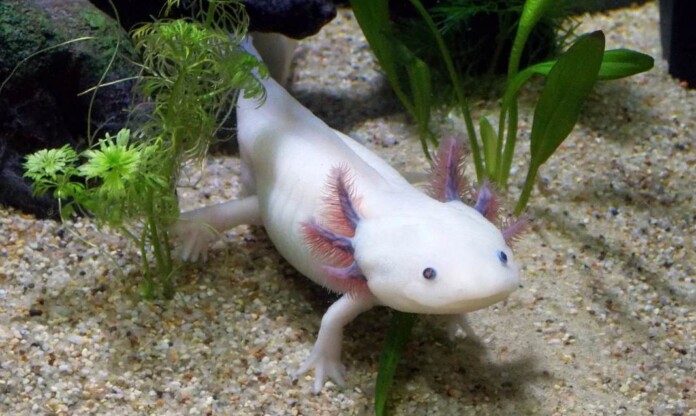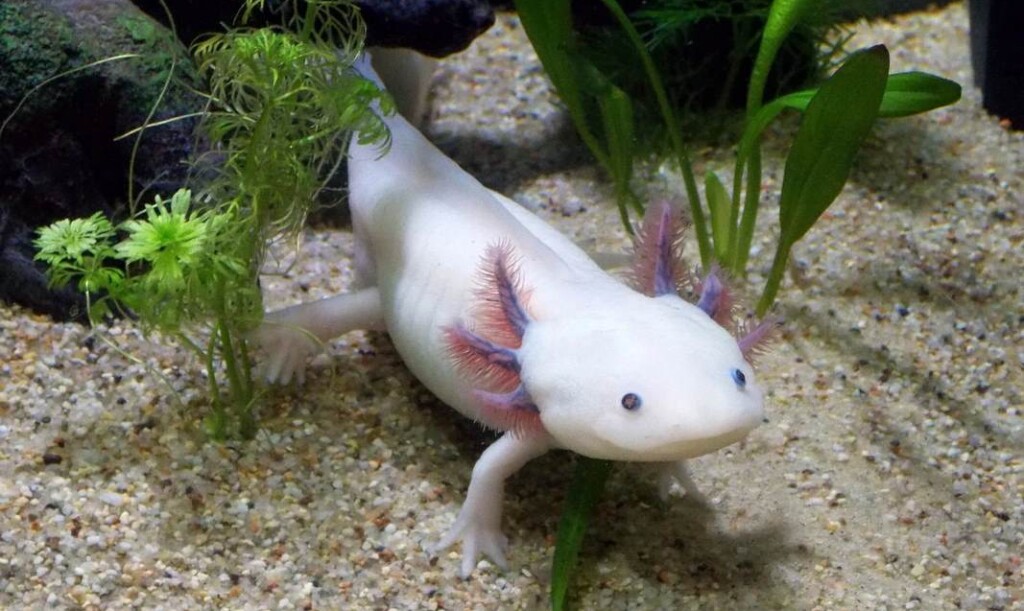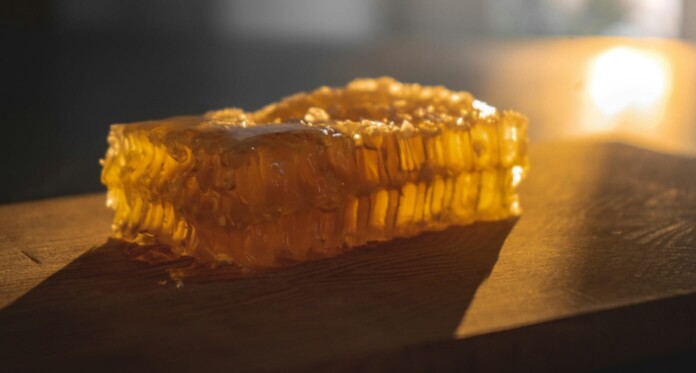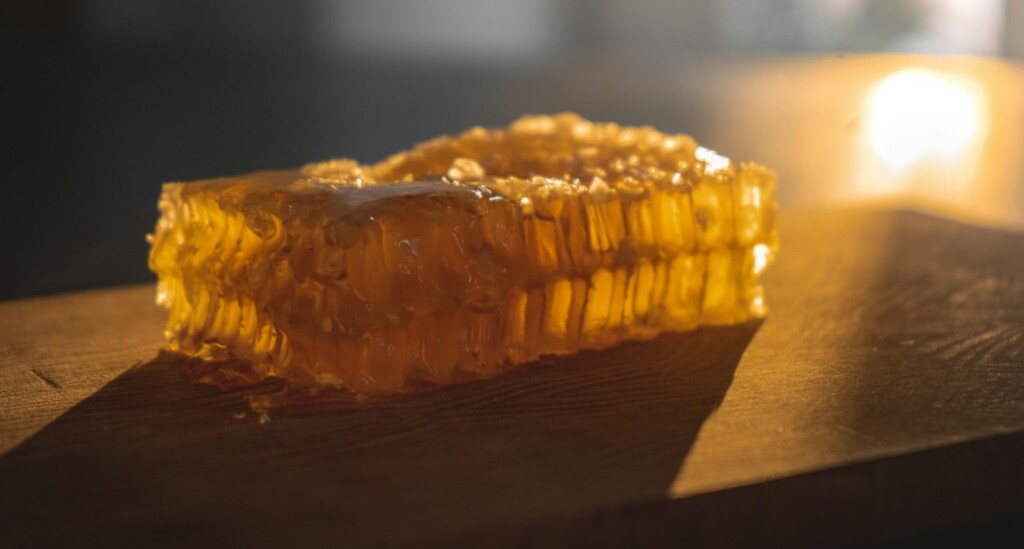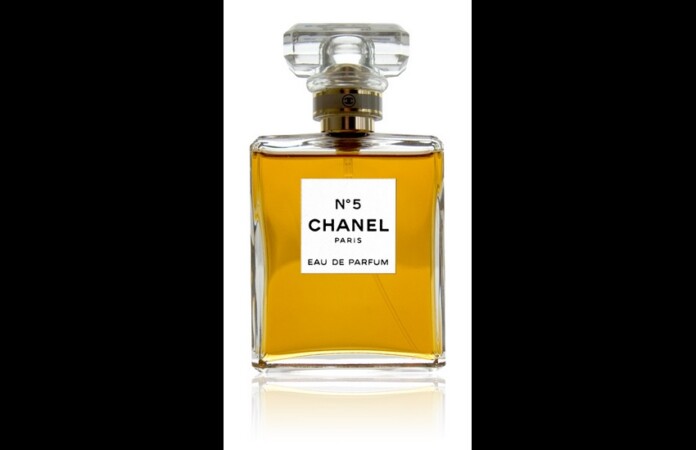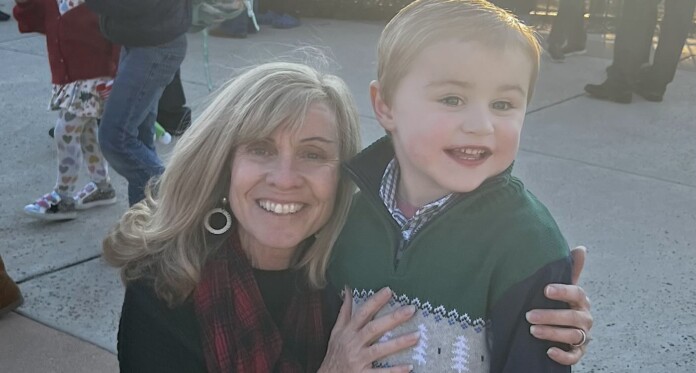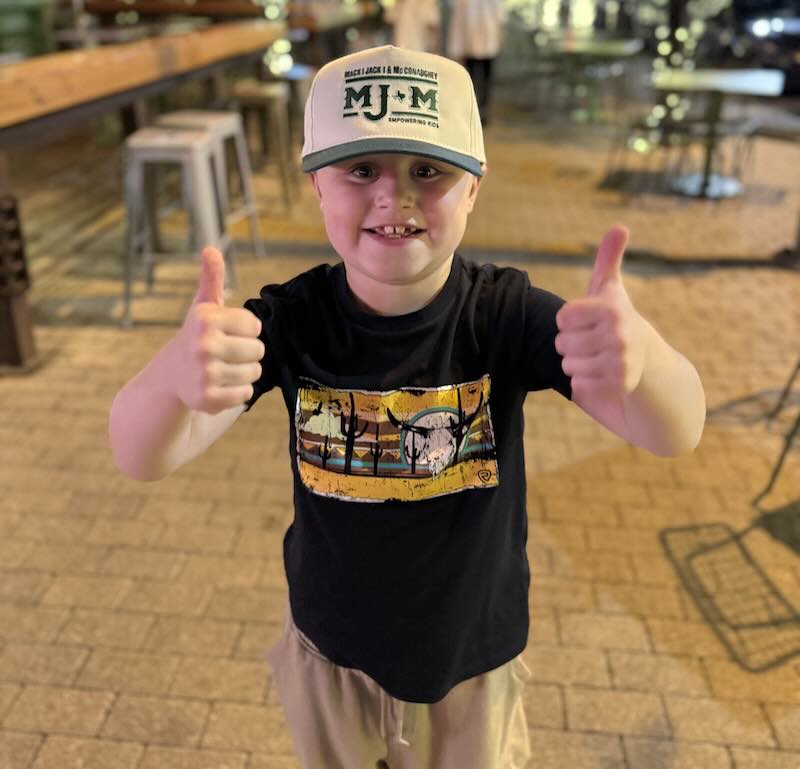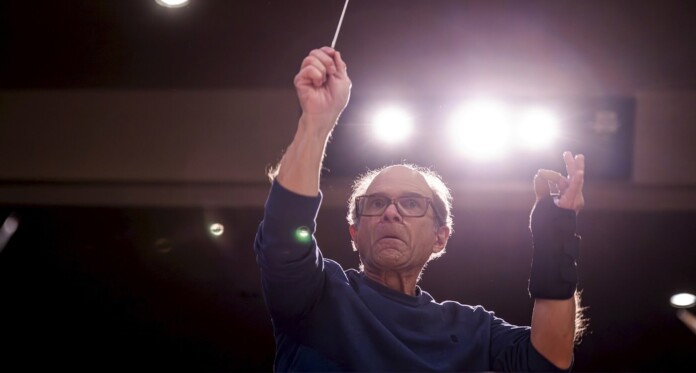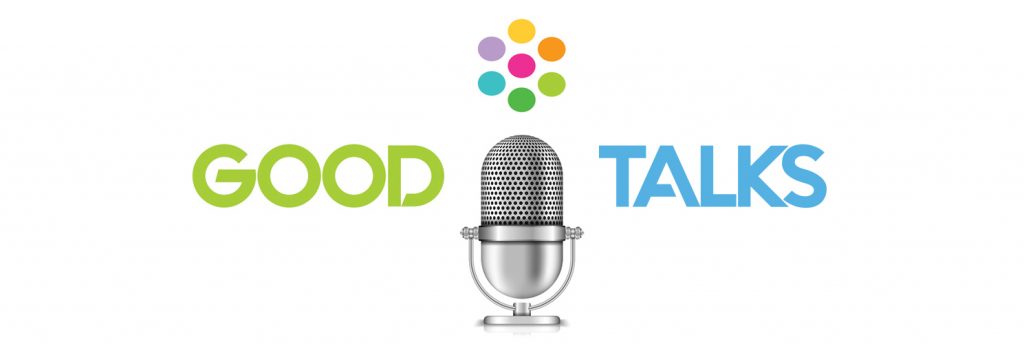
When firefighters pulled a silver crucifix from the ashes of Bruno Serato’s burned out California restaurant, he took it as a sign from god: though he lost so much, he needed to keep faith in the lord and keep going.
Since that day, one of Anaheim’s most beloved Italian imports has opened the doors to a new location, as well as the doors of his heart, feeding the city’s wealthy during the evening so he can feed the city’s poor during the day.
CBS News’ Steve Hartman brings the story of how a gift from Pope Francis transformed the life of Chef Serato, and how his revolutionary papacy continues to inspire him even after the Pope’s passing.
Chef Serato was named a CNN Hero in 2011 for his work in feeding underprivileged children. His charity, Caterina’s Club, founded in 2005, now serves free dinners to over 5,000 children daily in Orange and LA counties. Every meal served at Serato’s private dinning and ballroom—the swanky Anaheim White House—helps serve a pasta meal to a child.
The charity always has something going on, and it won Serato the Ellis Island Heroes award for his service to his adopted country, arriving with zero English skills and just $200 in his pocket.
This year in October, the charity will celebrate its 20th anniversary—a perfect occasion for looking back at accomplishments made, challenges overcome, and moments to cherish.
FEEDING THE HUNGRY: GNN Readers Donate 20,000 Meals to Hungry Kids in Partnership With Nutrition Company
“I was like, ‘No way!'” Serato told CBS News, remembering the moment the firefighter handed him the crucifix—a gift from Pope Francis, whom he met four times. “This is a sign, a sign of god for sure, no doubt about it.”
On the last occasion that he met the pontiff, Francis, looking at a small book of Serato’s work, told him “Bravo, bravo, continua cosi,” which means “continue like this.”
MORE IMMIGRANT STORIES: Run by Grandmothers, a Staten Island Restaurant Highlights Homecooking from Around the World
Serato told Hartman he took that as both command and confirmation, and that he’s doing more than he’s ever done in his whole career to help those in need: a fitting tribute to Francis, who took the name of Saint Francis of Assisi, famous for helping the poor.
“I have to keep doing what I’m doing, if I don’t he come down!”
WATCH Chef Serato’s life story below from Steve Hartman’s On the Road…
SHARE This Man’s Mission From God And Francis With Your Friends…





